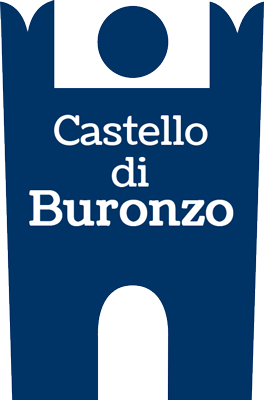Seven castles: the consortium
In the fourteenth century, the family of the Lords of Buronzo was divided into seven distinct branches, or “colonnellati” – Delle Donne, Agacia, Gottofredo, Plebano, Berzetti, Bucino, Presbitero: forming the noble consortium. Each of these nuclei occupied and controlled a separate portion of the castle, while the management of the facilities and common areas (such as walls and moats) fell to the consortium as a whole. In the interests of administering their affairs and living alongside each other better, the consorts laid down rules aimed at preserving their shared heritage and regulating shared life within the castle. This situation was mirrored by the material structure, with the number of family branches reflected in an equal number of architectural blocks, which grew up progressively around the oldest nucleus. The result is a complete village that lived through sieges, destructions, renovations and new owners, and saw its buildings, streets and squares take on many different architectural styles. From the fourteenth to the nineteenth centuries, every period has left significant traces, so that now we can read the castle as if it were a great, thousand year-old book.

